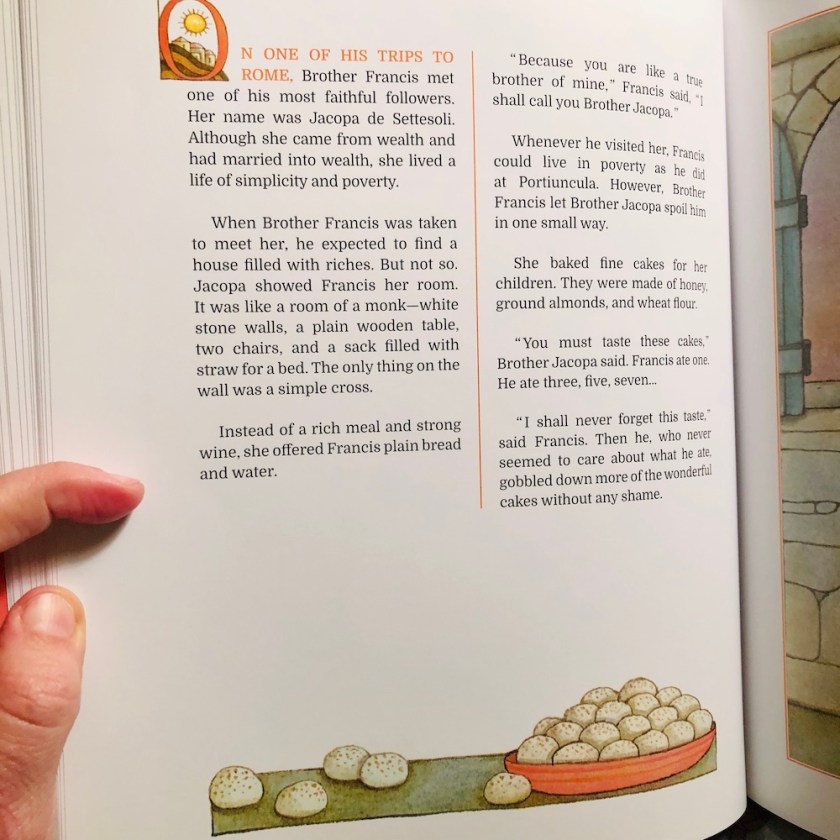Because I make an effort to stay in contact with people of all political stripes, my social media feed has been…especially stripey lately.
One image that keeps turning up is something A.I. churned out in response to Donald Trump’s recent brush with death: It appears to be Mary, blue-eyed and lipsticked and wearing nice little earrings, placidly extending her middle finger to twitch a bullet (still in its shell casing) out of its deadly path. Her manicured thumb and forefinger form a gesture that reminded many viewers of the white supremacy “OK” sign, but which others have argued looks more like a gesture of blessing common in Orthodox icons.
I’m analyzing this insane image in detail because it is so meaningful—not, perhaps, in the way the A.I. prompter intended, but as an illustration of this political, cultural and religious moment.
The image is being passed around by folks who believe it’s clear that God miraculously and directly intervened to save Trump from death. The bullet fired by Thomas Crooks should have hit him square in the skull, but instead it only grazed his ear, sparing his life and freeing him to go on and do whatever he will do.
And maybe that is what God did! I don’t know what God does or does not do. I’m not under the illusion that the Almighty, blessed be he, is carefully calibrating his decisions based on how a chronically online middle-aged swing state double hater like me might react. God’s ways are not my ways, and thank God for that.
Or maybe it was just a meaningless coincidence that the bullet missed. Maybe a blackfly bit that young man on the elbow right at the moment of truth, and he flinched just enough to shoot his shot millimeters astray. Or maybe he just wasn’t a very good marksman. I don’t know.
A good many commenters do believe they know. A priest prayed for his safety right before the speech, so is this not, argued many, clearly an answer to prayer? God clearly did that! But, protested others, why in the world would God spare the life of an adulterous felon who’s poised to wreak unimaginable havoc on our nation for a second time around? God would never do that!
But once we start thinking about what God clearly made happen or clearly didn’t make happen, it opens up a whole world of uncomfortable questions. If God and/or Mary and/or a flag-shaped angel did nudge that bullet aside to spare the former president’s life, then why did he let another bullet hit firefighter Corey Comperatore right in the head? How could that A.I. Mary look so placid while knowing this was about to happen? Is it because Trump is more powerful and therefore more important than ordinary folk? Was it because Our Lady knew people would be inspired by the man’s heroic death, and it would bring out the best in people who heard the story?
But some people who did hear of Mr. Comperatore’s valiant sacrifice said that it doesn’t matter because only fascists would be at a Trump rally, and “fascists aren’t people” (a comment I read with my own eyeballs on Facebook). Several said that he deserves no praise because he said awful things about Palestinians on Twitter, and it’s just as well he’s gone. You have to wonder: If Trump’s survival was God’s will, why doesn’t God care that it brought out the very worst in so many people?
The answer is to refuse to play this game. God isn’t impressed by the power of a political candidate (even the one we favor), and he doesn’t desire the suffering and humiliation of any human (even our political enemies). When we bring these ugly ideas out into the light, we must see how repugnant they are.
And yet, we do pray. We do ask God for things. If we don’t think that God listens to our prayers and responds to them, then why do we bother?
Oddly enough, dwelling on that grotesque A.I. image of Mary gave me some new thoughts about God’s providence.
I saw another image on social media…. Read the rest of my latest for America Magazine.

































